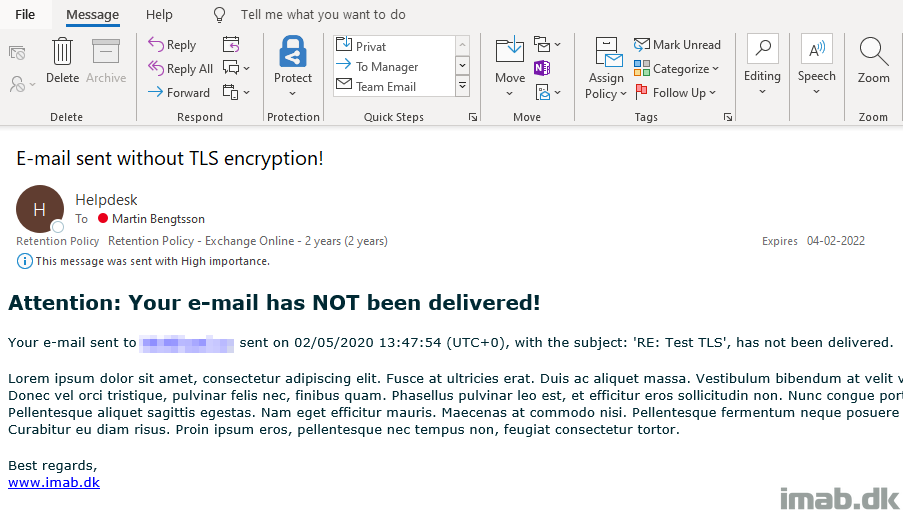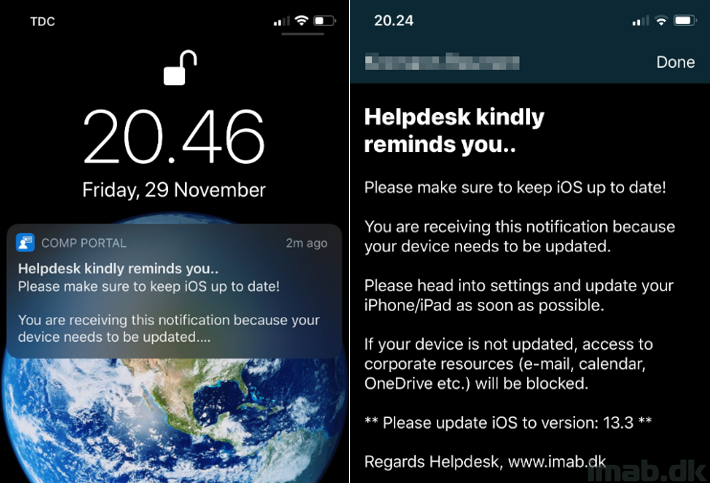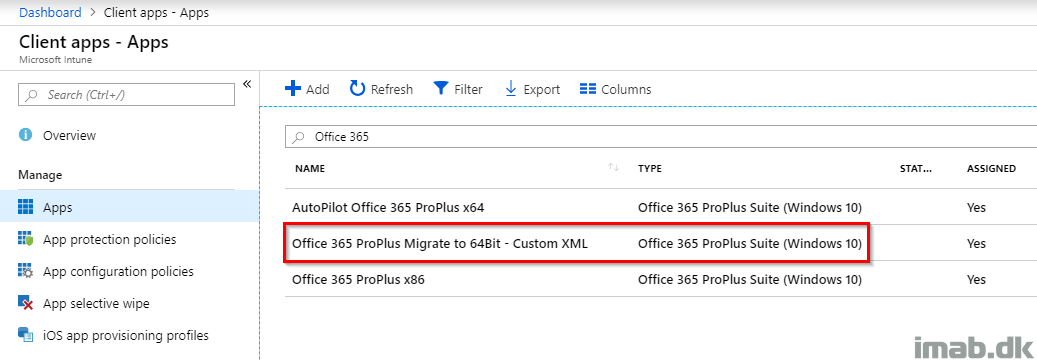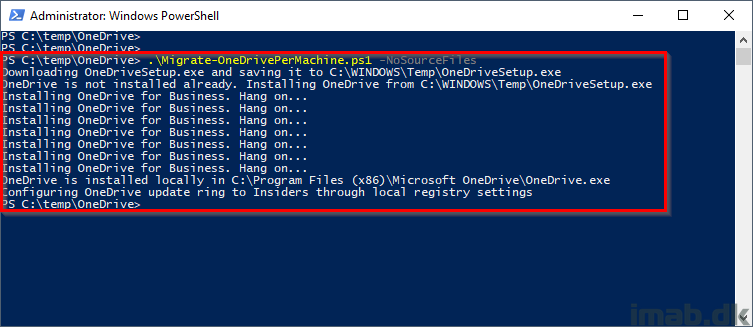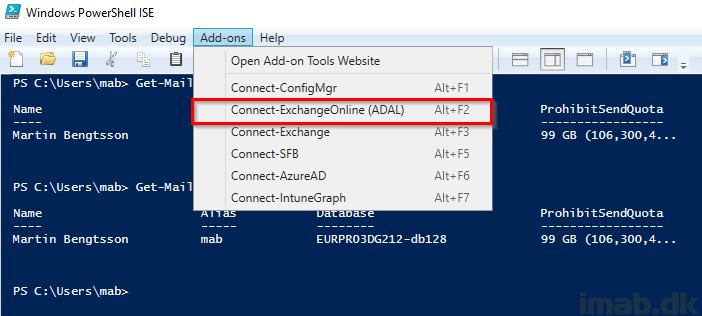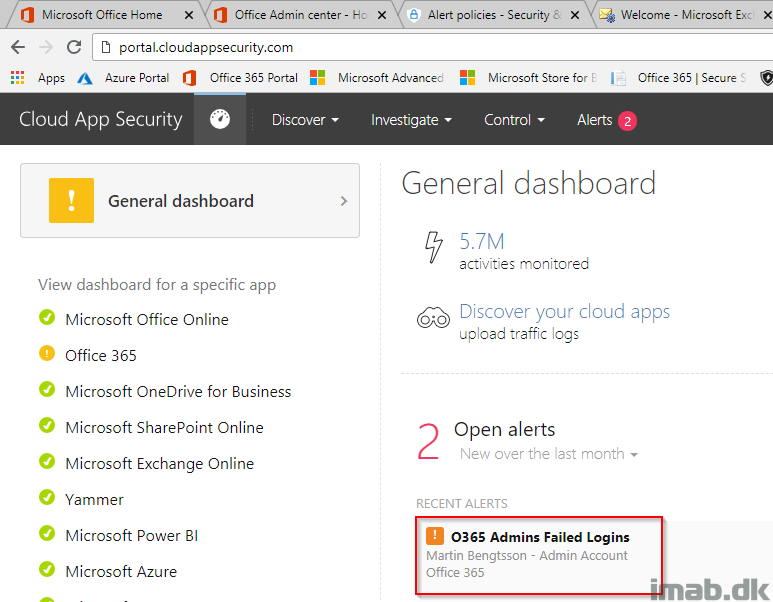Introduction
First things first: This is not a typical topic on this blog, but I do find it highly relevant to share regardless.
The main story here is, that if you want to comply with GDPR and other regulations, you might end up in a situation where you need to require TLS for outgoing e-mails. This is something that’s easily achievable by configuring the proper transport rules in Exchange Online, but what if the recipient doesn’t support receiving e-mails encrypted with TLS in transit? In that situation, the e-mail typically bounce back after 24 hours of retrying (At the time of writing, this timer is not configurable in Exchange Online) .
24 hours is a long time to wait for the Non-Delivery Report, especially for my industry which is the legal vertical, so I had to come up with something else.
Powershell and Azure Automation to the rescue (and also a little something on how to protect the accounts used with Conditional Access).
OBS: Apologies if there are more clever solutions out there to cater for this. I haven’t been able to find any, but I’m sharing regardless, as the use of this easily can be transferred to other needs. 🙂
